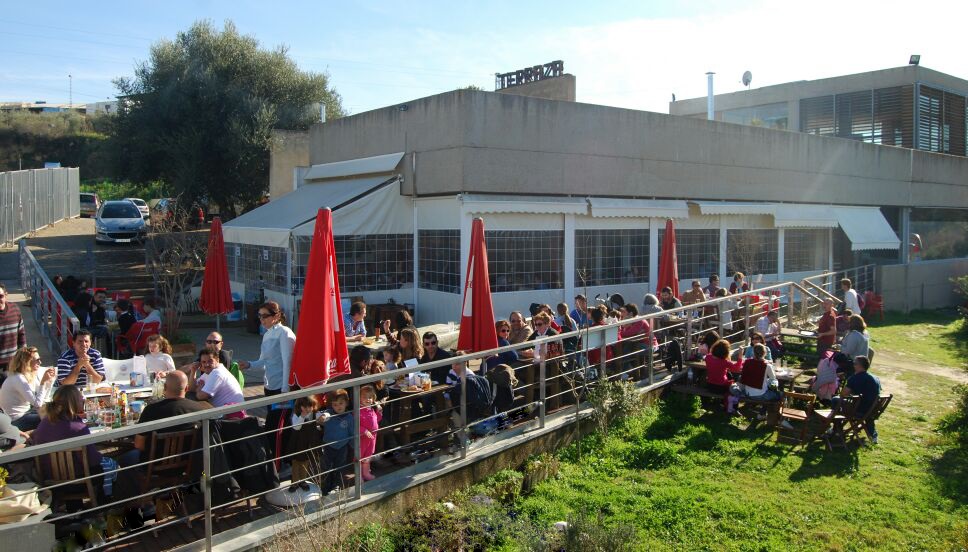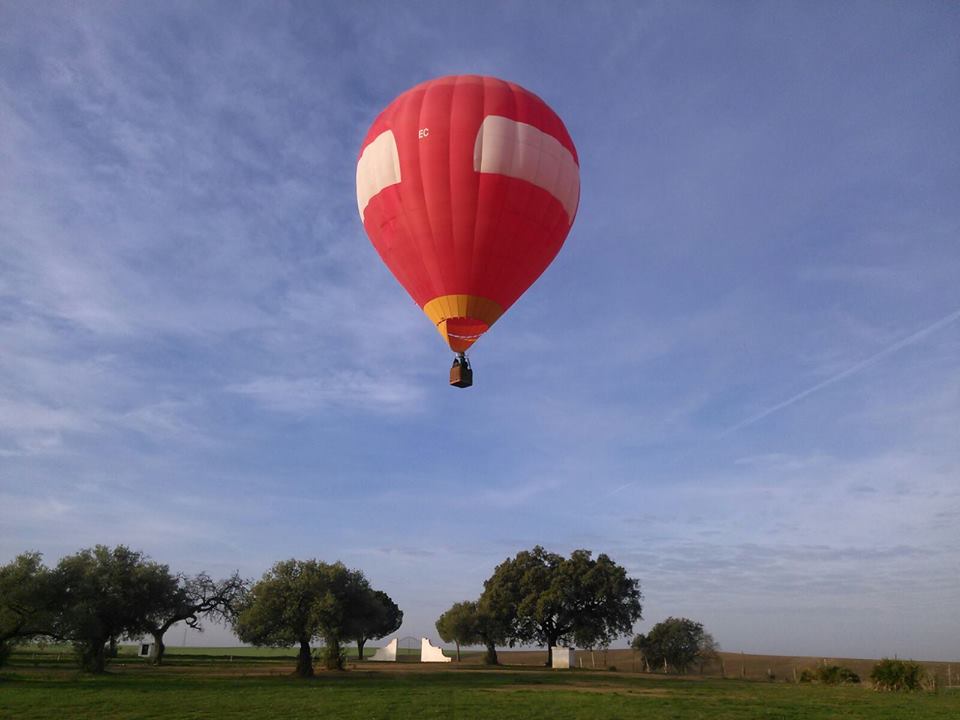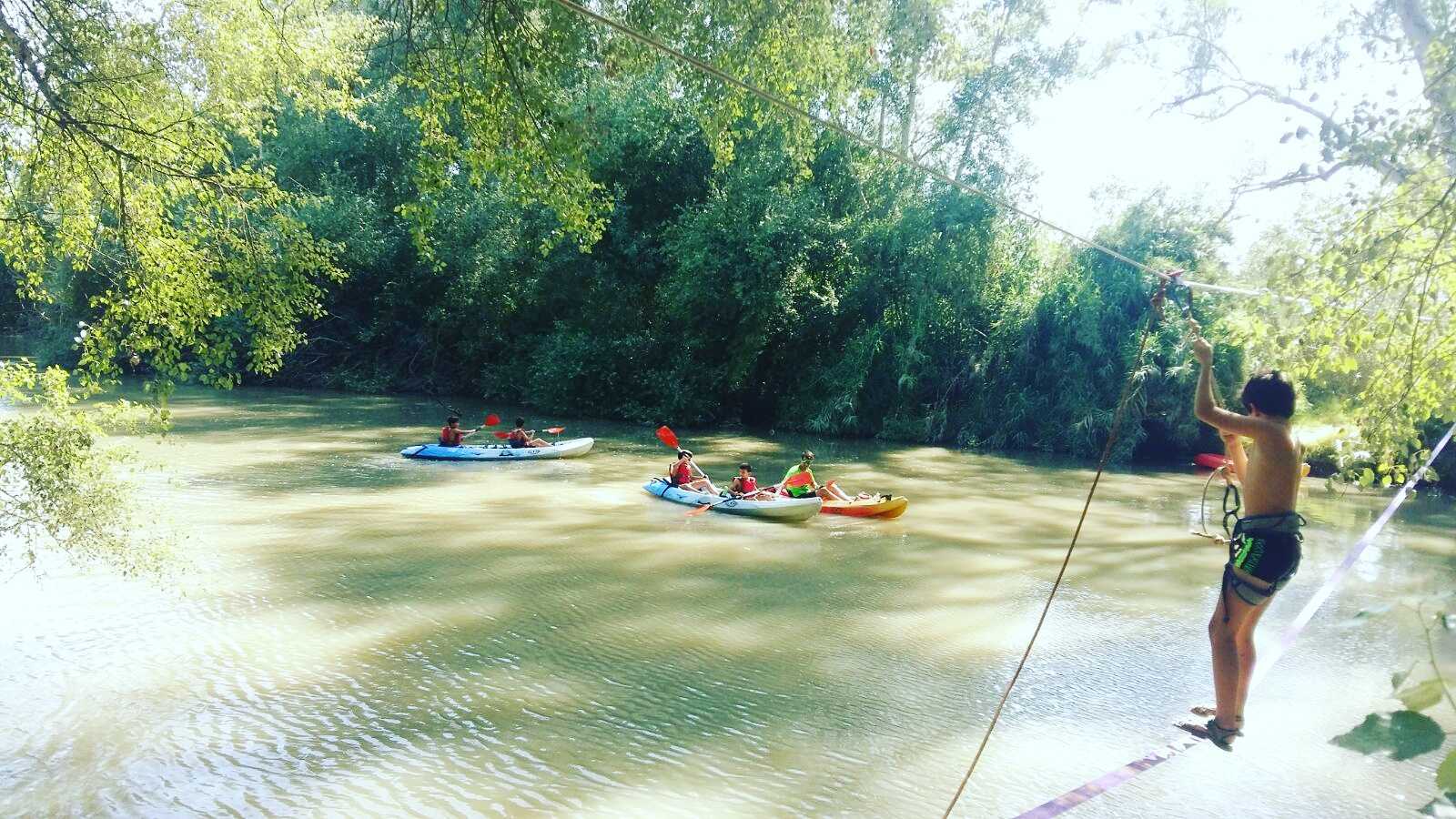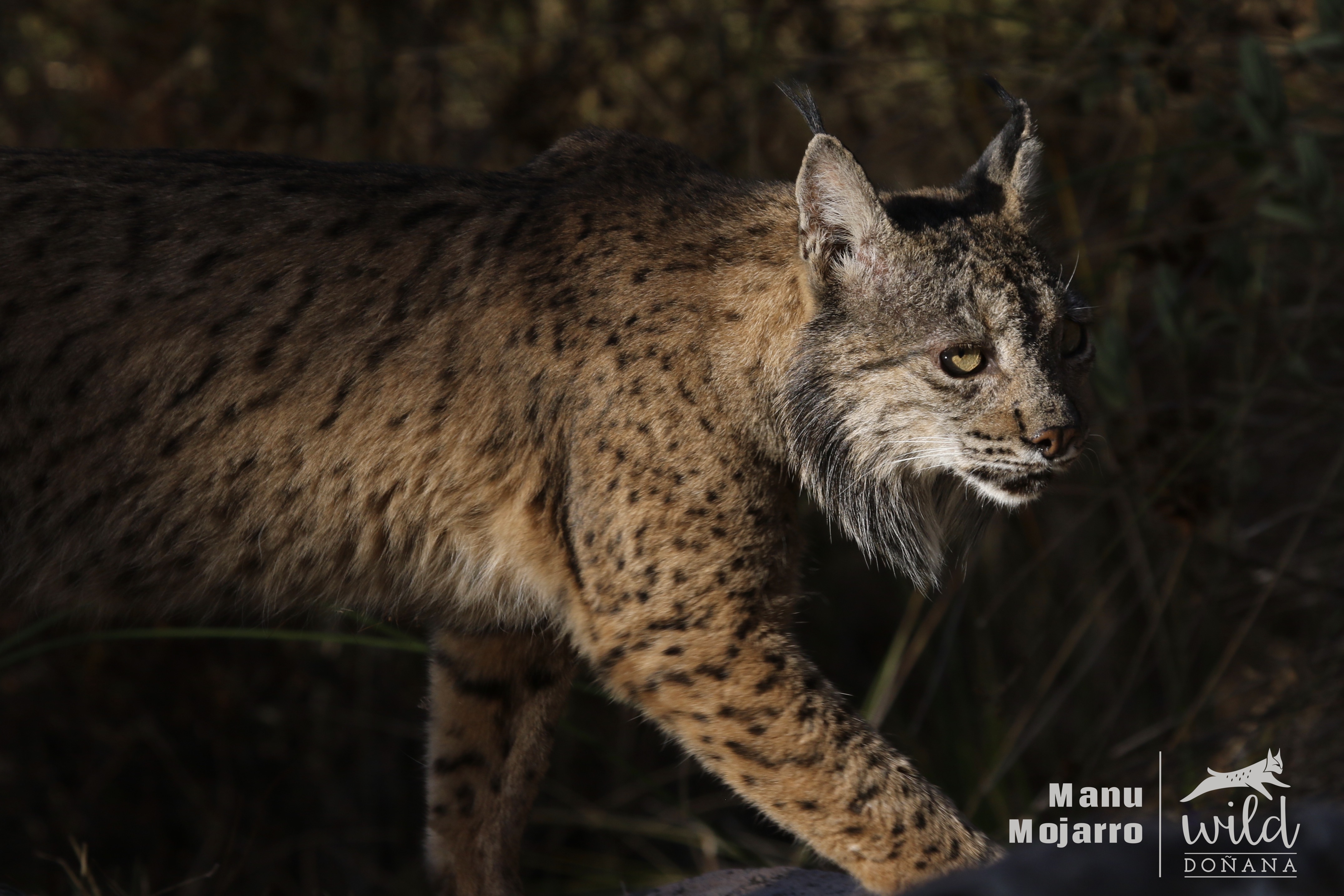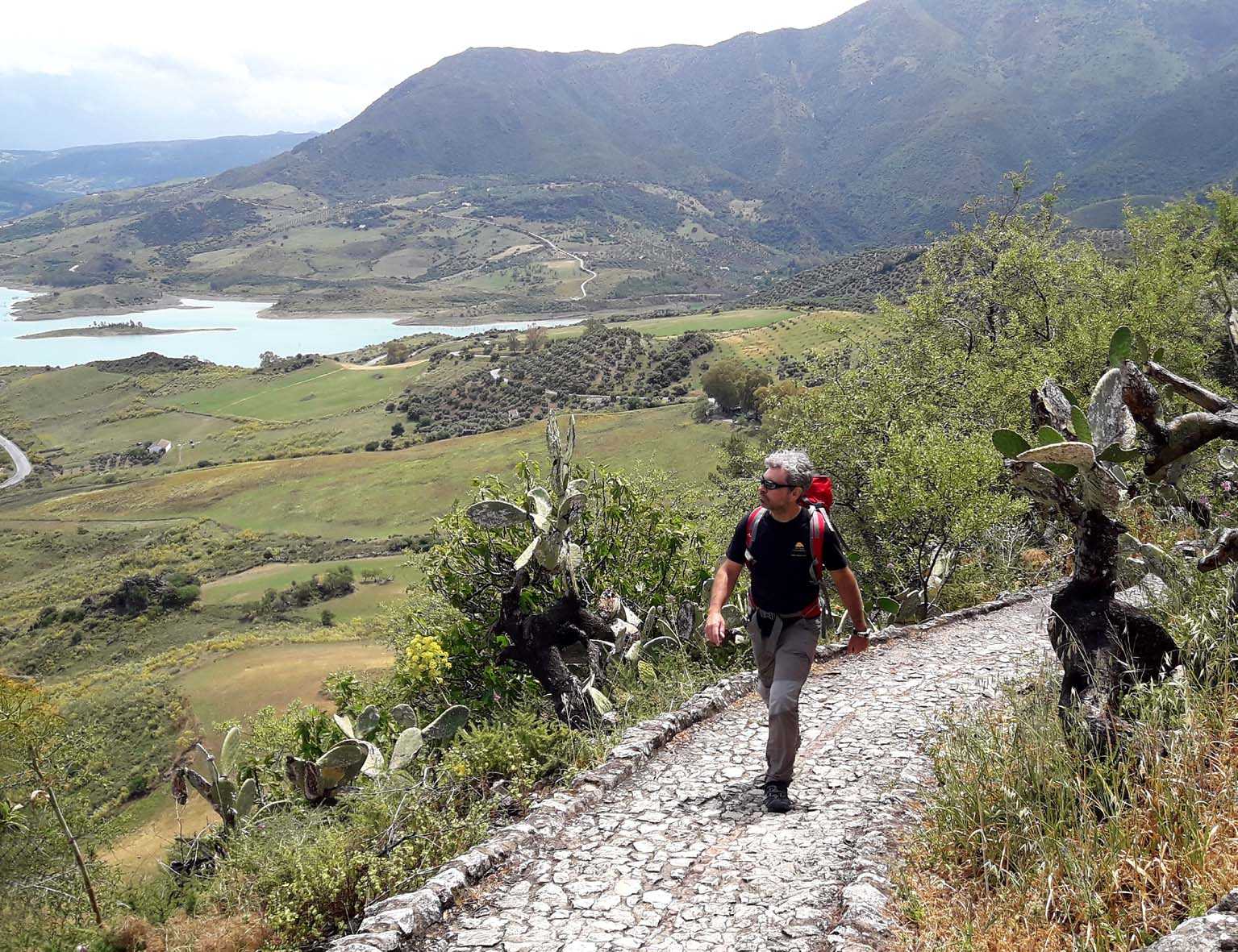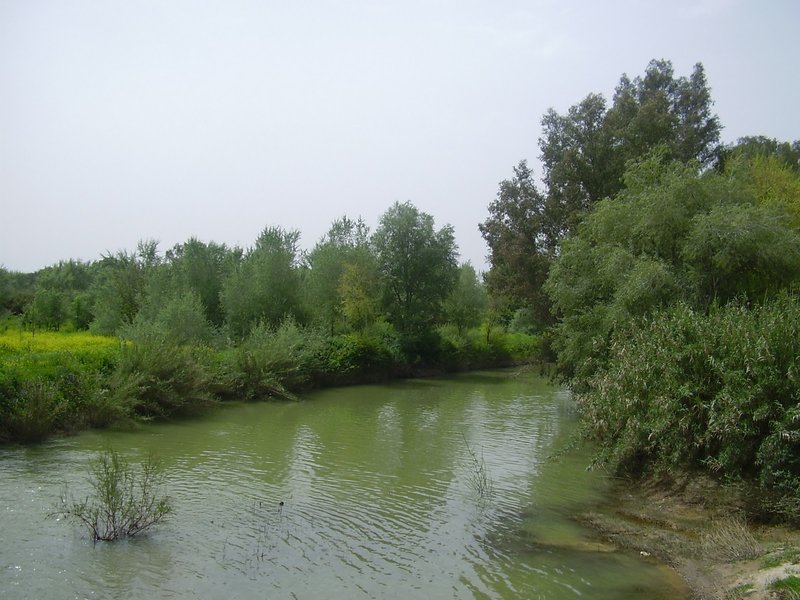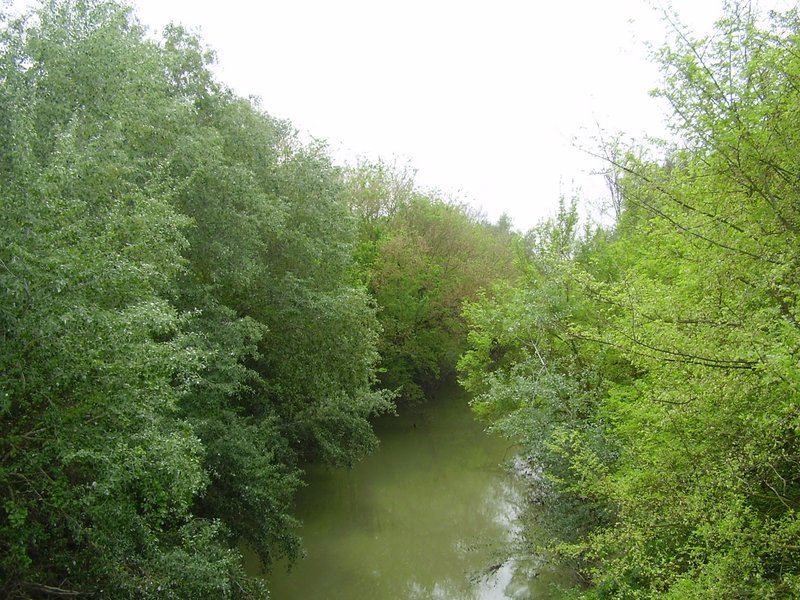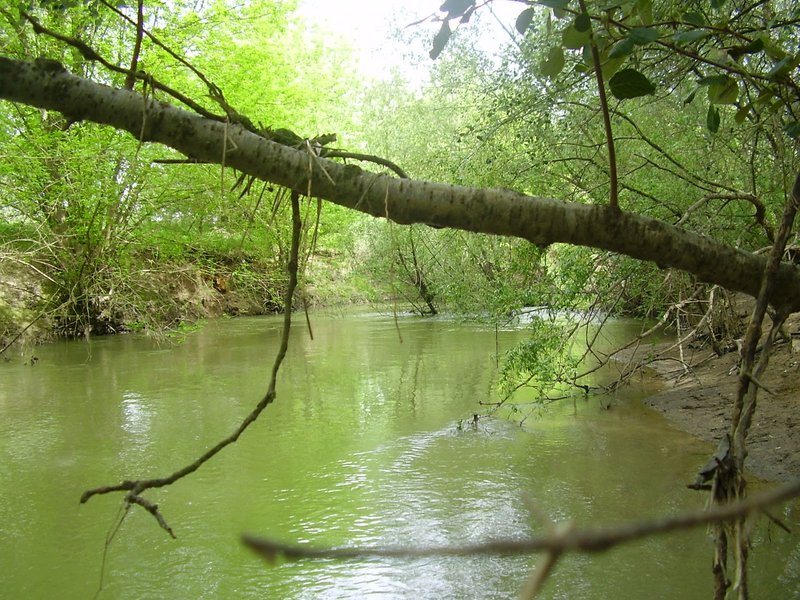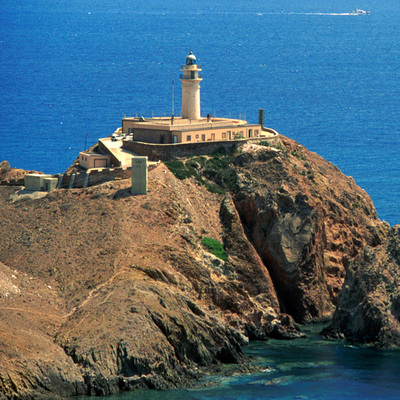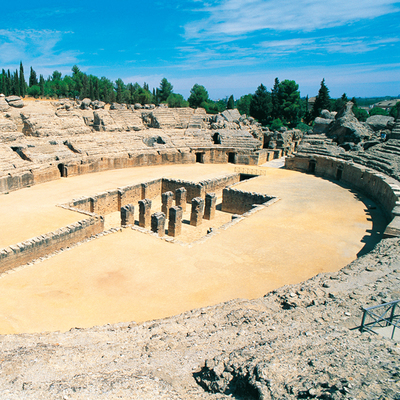Guadiamar Green Corridor

The Guadiamar River is, to this day, an overflowing source of life. To speak of the "Corredor Verde" (Green Passage) is to speak of the River of Princes, as the Moors called it: Wadi-Amar. This is the last major tributary of the Guadalquivir before it reaches the sea, and it has its source in the village of Castillo de las Guardas, in the Sierra Morena Mountains.
In Sierra Morena, amongst holm oaks, it gets ready for its journey southwards, initially through areas of Mediterranean mountain landscapes and pastureland. Further on it enters areas of cereal crops and olive groves close to the Aljarafe cornice, and little by little it approaches the marshlands of Doñana through sandy areas and pine woods. Further down, close to the village of Aznalcázar, the riverine forest is ever more luxuriant. In its lower section, it goes by wetlands and rice fields. A great diversity of birds, among wich the black kite and Montagu's harrier.
The Guadiamar cycle-touring route runs for more than 70 kilometres and shows you the variety and diversity of the river's middle and lower sections. This route can also be done on horseback or on foot. In its middle section, the river runs through the Aljarafe countryside, passing villages such as Gerena and Huévar, where you can see Roman baths and Medieval churches.
Aznalcázar is home to the Guadiamar Visitor Centre and El Buitrago Botanical Garden. The start of the route in the latter of these has marks on the trees that show the levels reached by mud after the Aznalcóllar mine disaster in 1998. This was one of the worst environmental disasters in Spain, and brought about the protection of this eco-corridor that now links Sierra Morena and Doñana, allowing for the interchange of species between the two areas.
In its lower section, meanwhile, the nearby wetlands and rice fields are ideal for a great diversity of bird life that you can see in the Dehesa de Abajo and La Cañada de los Pájaros Nature Reserves. The final kilometres of the river run through Entremuros. This area has also been restored and offers a variety of flora and fauna.

